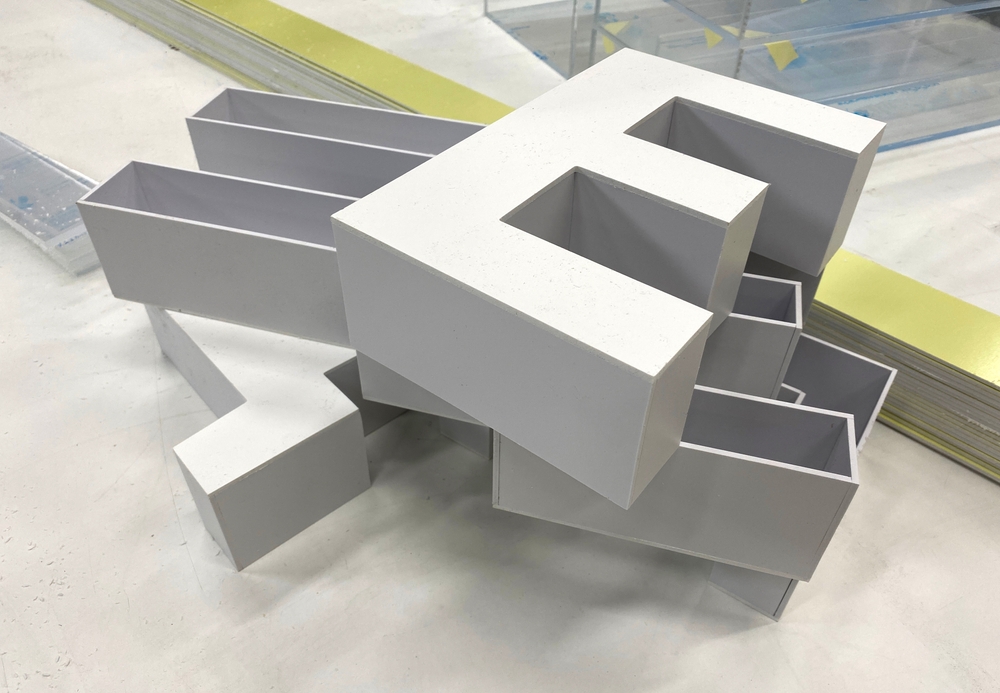Signage is a great way to promote your brand’s image and advertise your products/services. One of the most important design elements of a sign is lettering. While design is key to a quality sign, your choice in materials is an often overlooked consideration. A worn down or hard to read sign can hurt your image while a clean, well-kept sign can elevate your business.
There’s several factors to consider when selecting your lettering material. If your business is new to the world of signs, here’s seven tips to determine the right fit.
Know Your Materials
Before selecting a material, familiarize yourself with the various options available for lettering and signage. For outdoor use, acrylic is a popular lettering material for it’s visibility. Acrylic is a translucent material, allowing light to shine through the sign. Acrylic is also fairly durable and has the ability to withstand various chemicals, water, and damage from UV.
Aluminum is another common option for all purpose use. Aluminum is resistant to physical damage and lightweight, making it easy to form into various shapes. In addition, mesh, vinyl, and plastic are all common options for outdoor use. For indoor lettering, cheaper, less weather resistant materials are common. Some examples include foam-core, wood, or plastic.
Cleaning and Maintenance
One of the most important factors to consider while picking the right material for your signs and decals is cleaning and maintenance. Along with inclement weather, regular dirt build-up can obscure the surface of your sign. Consider the difficulty of cleaning and maintenance for your material.
Using Dimensional Lettering

Dimensional lettering is a common method where each individual letter in your sign is a three dimensional object. Similarly, channel lettering utilizes the same design as dimensional lettering, but includes an open “channel” to place an illumination source. While channel lettering is more expensive, it provides visibility through all times of day and night.
Weather Conditions
Weather is another crucial consideration when choosing the right material for your outdoor lettering. To protect your signs and letters from inclement weather, it’s important to keep the local climate in mind. Is wind a primary concern? What about rain or snow? Knowing what kinds of weather will threaten your sign will help inform your material choice.
Sunlight is another consideration for the durability of your sign. Through UV radiation, long term exposure to the sun can cause discoloration, making the letters unattractive or hard to read. In general, plastics and synthetic materials are more resistant to UV and water, while metal and wood signs are more resistant to temperature changes and physical damage.
Aesthetics
When choosing the right materials for your lettering, signs, and decals, you also need to think about graphics. Different materials have different limitations in terms of color and printability. Even on their own, different materials provide different aesthetics, so choose your material with style in mind.
Where You Want to Display the Lettering

The location you want to display the lettering is another important factor for material choice. For instance, if you’re attaching lettering directly to a door or a window, use a material that allows light to easily penetrate through to make the sign visible at night. If your lettering is meant to serve as a standalone sign outside, it’s best to choose a material that is highly durable.
Reusability is another common concern. Do you need your lettering to be replaceable, or is your sign intended to have a fixed design? Overall, your material should align with the needs of the design, so research your materials to see what fits best.
Cost Efficiency
When choosing the material for your lettering, consider if the material you want to pick fits your budget. In general, high-quality signage and lettering materials are pricier, so find a balance between quality and budget to make your final choice.
It’s important to set your sign’s budget to reflect its use. If you’re looking for a permanent sign, it’s more cost-effective to invest in expensive, but durable, materials. Likewise, for short term signs, it’s wise to use cheaper materials such as wood or plastic.

 Posted in
Posted in 



